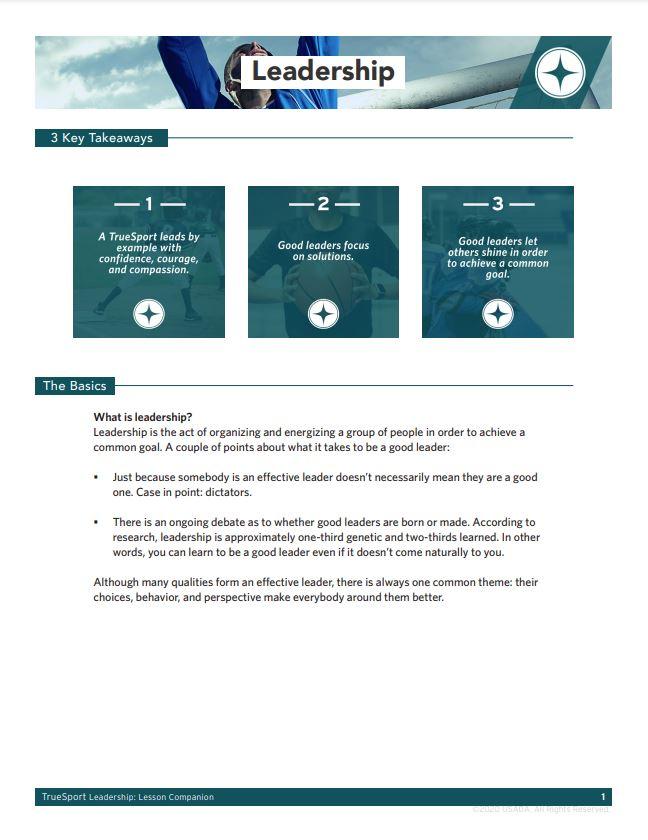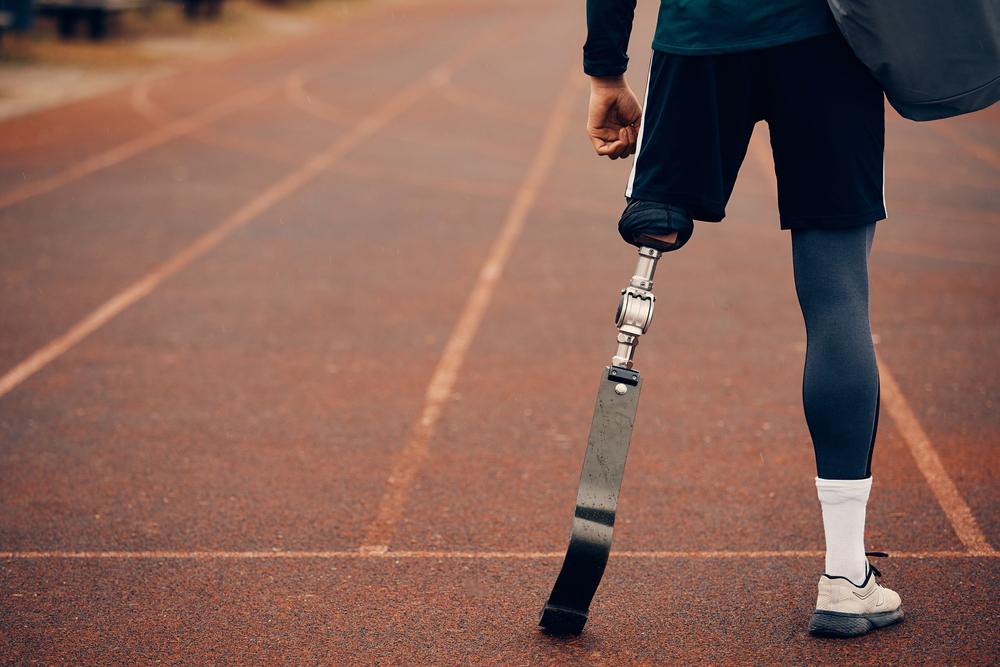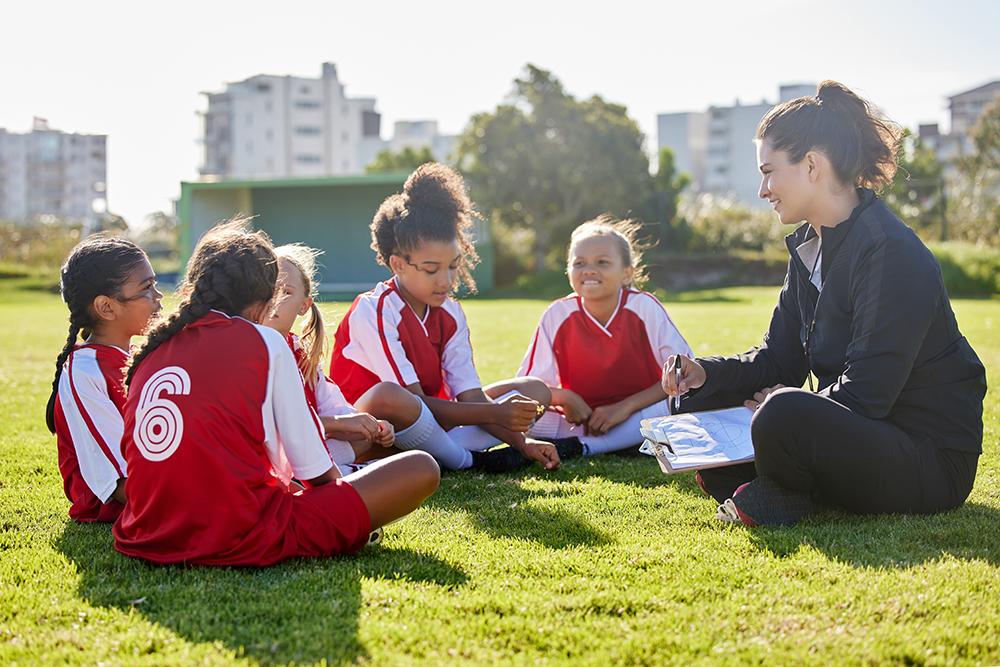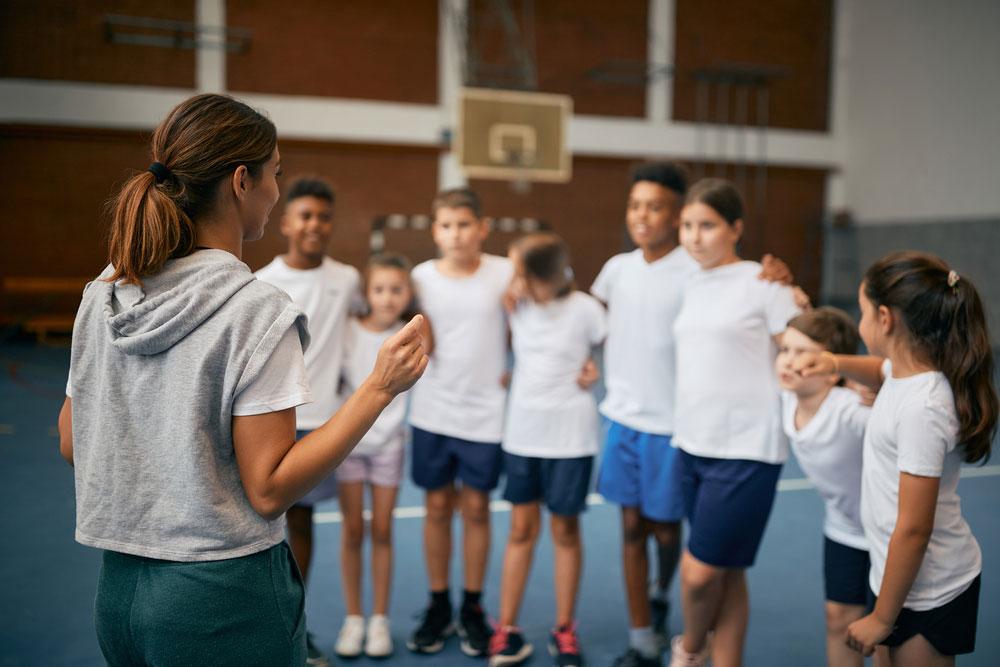TrueSport Expert Deborah Gilboa, MD, shares a few ways to make the most out of the lessons learned as a...
TEACH Leadership

Simple Lesson
Leadership is the act of organizing and energizing a group of people in order to achieve a common goal.
Although many qualities form an effective leader, there is always one common theme: their choices, behavior, and perspective make everybody around them better.

Premium Version Starts at just $5
What are the characteristics of a good leader? How can you practice being a better leader for a team? What does it mean to C.A.R.E? Find answers to these questions and more inside the TrueSport Leadership lesson.
LEARN more about Leadership
Loading...
Coaches have a responsibility to help athletes develop those leadership skills, and here, Deborah Gilboa, MD, shares the best ways to...
Remember that anytime you’re giving an athlete feedback, your words may stick with them for decades, so pay careful attention...
Leadership videos
Loading...


